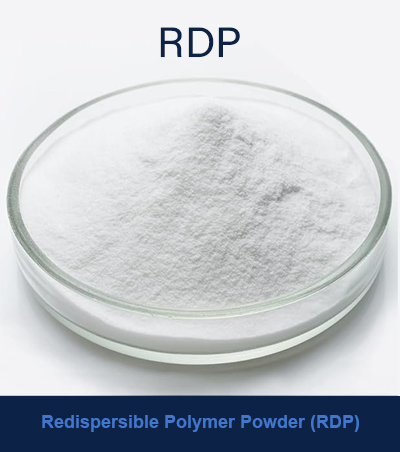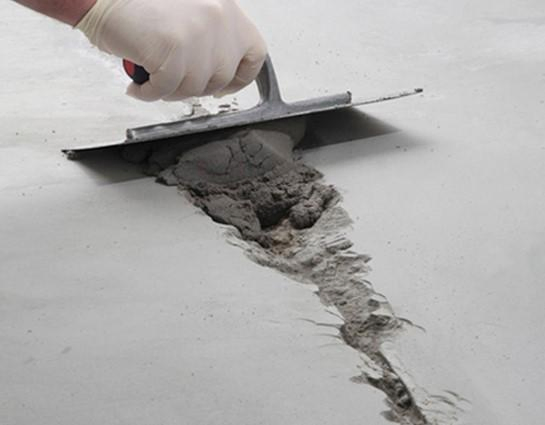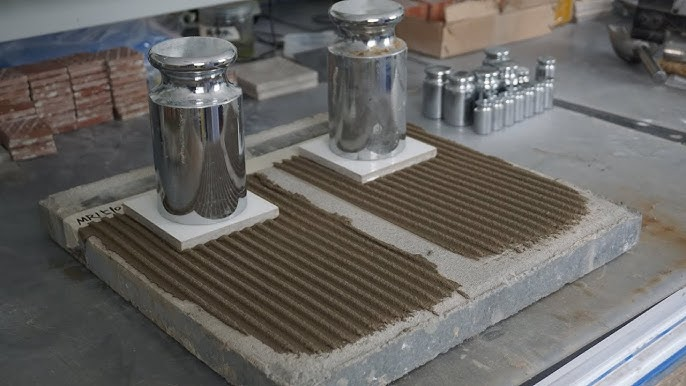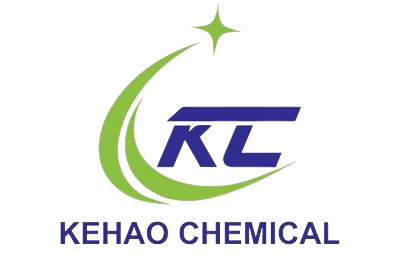Builders today face a serious challenge. Costs are rising, deadlines are tight, and the demand for green buildings is stronger than ever. Old materials cannot keep up.
Redispersible polymer powder (RDP) is becoming a core ingredient in sustainable construction. It improves mortar strength, increases flexibility, reduces waste, and extends building life. With its role in eco-friendly materials, RDP is now a top choice for green projects.

If you are exploring ways to reduce rework and save resources while meeting green building standards, RDP deserves your full attention. It is not just a trend; it is a long-term solution that connects performance with sustainability.
How Is RDP Contributing to Eco-Friendly Mortar and Plaster Systems?
Builders want durable mortars and plasters that do not waste energy or materials. Traditional systems often crack or dry too fast, leading to repairs and high costs.
RDP enhances water retention, adhesion, and flexibility in mortar and plaster. This reduces cracking, saves energy during application, and supports long-term durability in eco-friendly construction systems.

rdp eco mortar plaster
RDP is transforming mortar and plaster systems into high-performance eco-materials. By improving water management and bonding strength, RDP minimizes the need for chemical additives and extra cement, both of which add to the carbon footprint. Modern projects are now looking for smart materials that align with LEED or BREEAM sustainability standards.
Key Benefits of RDP in Mortar and Plaster
| Property | Impact on Sustainability | Example Application |
|---|---|---|
| Water Retention | Reduces need for extra cement and additives | Tile adhesives in hot climates |
| Adhesion Strength | Lowers failure rates, cuts waste | Exterior insulation systems |
| Flexibility | Minimizes cracks, extends life | Interior plaster finishes |
| Smooth Workability | Saves energy during mixing and application | Self-leveling floors |
When I worked with a large contractor in Southeast Asia, they shared how switching to RDP-based plaster reduced their material waste by nearly 20%. They had fewer callbacks for repairs, which also cut labor costs. For them, sustainability was not only about eco-labels but also about practical savings.
What Role Does RDP Play in Reducing Construction Waste and Enhancing Durability?
Every project manager knows the pain of rework. Cracks, weak bonding, or uneven plaster not only waste money but also delay handovers.
RDP reduces rework by improving adhesion, water resistance, and flexibility. It enhances mortar durability, ensures stable performance, and minimizes construction waste throughout the project cycle.

rdp durability construction waste
Durability is the true measure of sustainability. If a building needs repair every few years, it consumes more resources and creates more waste. RDP addresses this problem at the material level. By enhancing adhesion between cementitious layers, it prevents delamination. By improving flexibility, it allows materials to expand and contract with temperature changes without cracking.
How RDP Reduces Waste
| Problem Without RDP | How RDP Solves It | Long-Term Benefit |
|---|---|---|
| Cracks in mortar | Increases flexibility and elasticity | Lower repair needs |
| Weak adhesion | Improves bonding between surfaces | Reduces rework |
| Poor water resistance | Enhances moisture control | Extends lifespan |
| Inconsistent quality | Stabilizes performance | Predictable results |
A study by ScienceDirect on green construction materials shows that additives like RDP cut lifecycle costs by extending service life. From my own client cases in Africa, one distributor told me they could market RDP-enhanced mortar as “low-maintenance” and win repeat orders from contractors. Durability became a sales advantage.
Why Are Builders and Contractors Choosing RDP for Green Building Projects?
The global construction market is shifting. Clients demand buildings that are energy-efficient, long-lasting, and environmentally responsible. Builders must adapt to stay competitive.
Builders choose RDP for green projects because it improves energy efficiency, reduces resource use, and meets sustainability certifications. It supports strong performance, while aligning with global green building standards.
Green building is not a passing trend—it is a requirement in many regions. Countries in Europe and Asia already link incentives, subsidies, or project approval to sustainable materials. Builders and contractors need products that prove compliance. RDP-based systems provide exactly that.
Why RDP Wins in Green Projects
| Factor | RDP Advantage | Market Impact |
|---|---|---|
| Energy Efficiency | Saves energy during mixing and application | Lower project footprint |
| Sustainability | Aligns with global certifications (LEED, BREEAM) | Easier project approval |
| Durability | Reduces long-term maintenance | Improves client satisfaction |
| Cost Savings | Cuts waste and rework | Increases competitiveness |
In one recent project, a contractor in Europe told me they had to select only suppliers with materials backed by ISO and REACH certifications. Because our RDP carried these approvals, they shortlisted us immediately. Market demand is moving toward certified, eco-friendly products. Builders want safe bets that win projects, reduce costs, and impress clients.
Conclusion
RDP is now shaping the future of sustainable construction. It reduces waste, improves durability, and supports eco-friendly mortar and plaster systems that builders and contractors demand worldwide.



